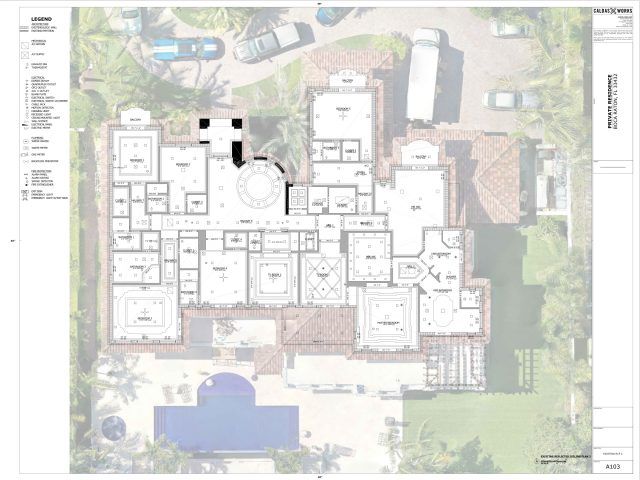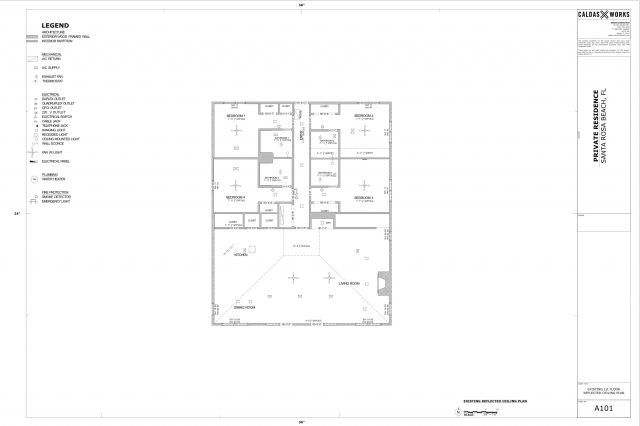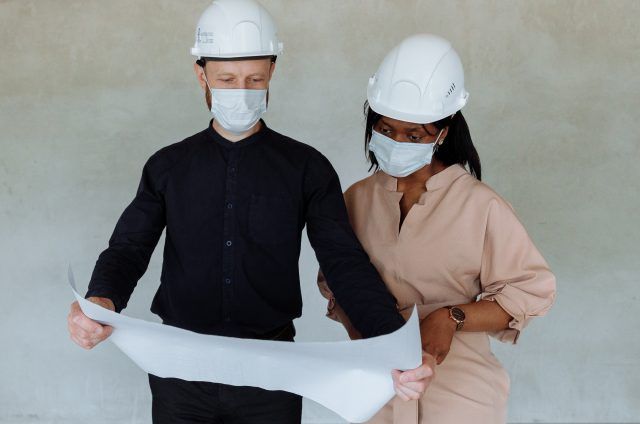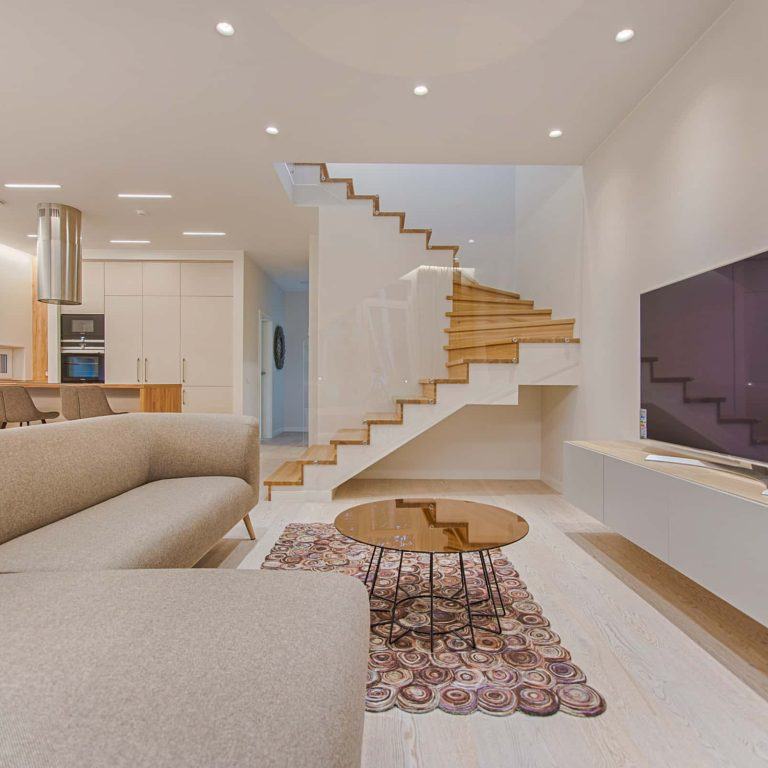What are reflected ceiling plans?
A reflected ceiling plan (RCP) is an architectural drawing that shows the layout of elements on the ceiling as though they were reflected onto the floor. It provides a detailed view of everything located above, such as lighting fixtures, HVAC vents, sprinklers, ceiling materials, soffits, and other ceiling-related components. An RCP is essential for coordinating the installation of all ceiling elements during a construction project.
How are RCPs used?
Reflected ceiling plans are used throughout the design and construction process to guide the placement of ceiling components. Architects and engineers create RCPs during the design phase to ensure that the ceiling layout is functional and aesthetically aligned with the overall building plan. Contractors and electricians use these plans during installation to correctly position lighting, electrical wiring, and mechanical systems.
RCPs are also crucial for coordination between different trades, such as HVAC technicians, electricians, and fire safety specialists, who need to work in the same ceiling space. This prevents conflicts between systems like air ducts, sprinklers, and lighting fixtures. As-built drawings, which capture any changes made during construction, are particularly important when updating or renovating a space, as they reflect the true configuration of the ceiling after modifications.
Reflected Ceiling Plan
1. Foundation for ceiling design
An RCP is not just a visual guide; it’s an integral part of the construction process, often created by architects, engineers, or contractors. These as-built drawings help coordinate the installation of ceiling elements with electrical, plumbing, and mechanical systems. Additionally, the RCP ensures the accuracy of the entire floor plan, providing clear instructions to vendors on the placement of lighting fixtures, vents, and more.
2. A unique drawing
Many assume that a reflected ceiling plan mirrors the floor plan, but it’s actually a separate drawing to avoid clutter. The RCP shows the exact placement of all ceiling elements, such as lights, vents, sprinklers, and diffusers. It also indicates where drop ceilings, soffits, and other features are located. Furthermore, these details help verify that your design adheres to local building codes and meets the needs of the building’s residents.
3. Informs material selection
An RCP also guides electricians, builders, and architects on selecting the right ceiling materials. Since ceiling elements like lights and HVAC ducts need proper support, the reflected ceiling plan helps ensure the structure can handle the load. In particular, understanding how to read a reflected ceiling plan is essential to avoid design issues.
How to read an RCP
- Position yourself mentally above the ceiling to get a better perspective.
- Visualize the ceiling elements as if you’re looking through the ceiling from above.
- Identify the relationship between ceiling fixtures like lights, vents, and any furniture below.
- Remember, an RCP is not a typical plan; it focuses on ceiling details that are often overlooked in standard drawings.
By mastering how to read a reflected ceiling plan, you’ll be able to visualize the relationship between ceiling components. Most importantly, ensuring that your design meets both aesthetic and functional requirements.
Why are they important?
Reflected ceiling plans are important because they provide a clear visual guide for placing ceiling elements and systems, ensuring all components are properly aligned. Without an RCP, miscommunication can occur. Leading to issues like misaligned lighting, improper HVAC vent placement, or clashing with fire sprinkler systems. An RCP helps avoid costly mistakes and ensures that the ceiling design is functional, safe, and visually appealing.
Additionally, RCPs are often required when seeking city or county permits for construction or renovation projects. Accurate as-built drawings ensure that any changes made to the ceiling during construction are documented, which is essential for future work or legal compliance.
Who uses RCPs?
- Architects
- interior designers
- Contractors
- Electricians
- Facility managers
- City compliance board



